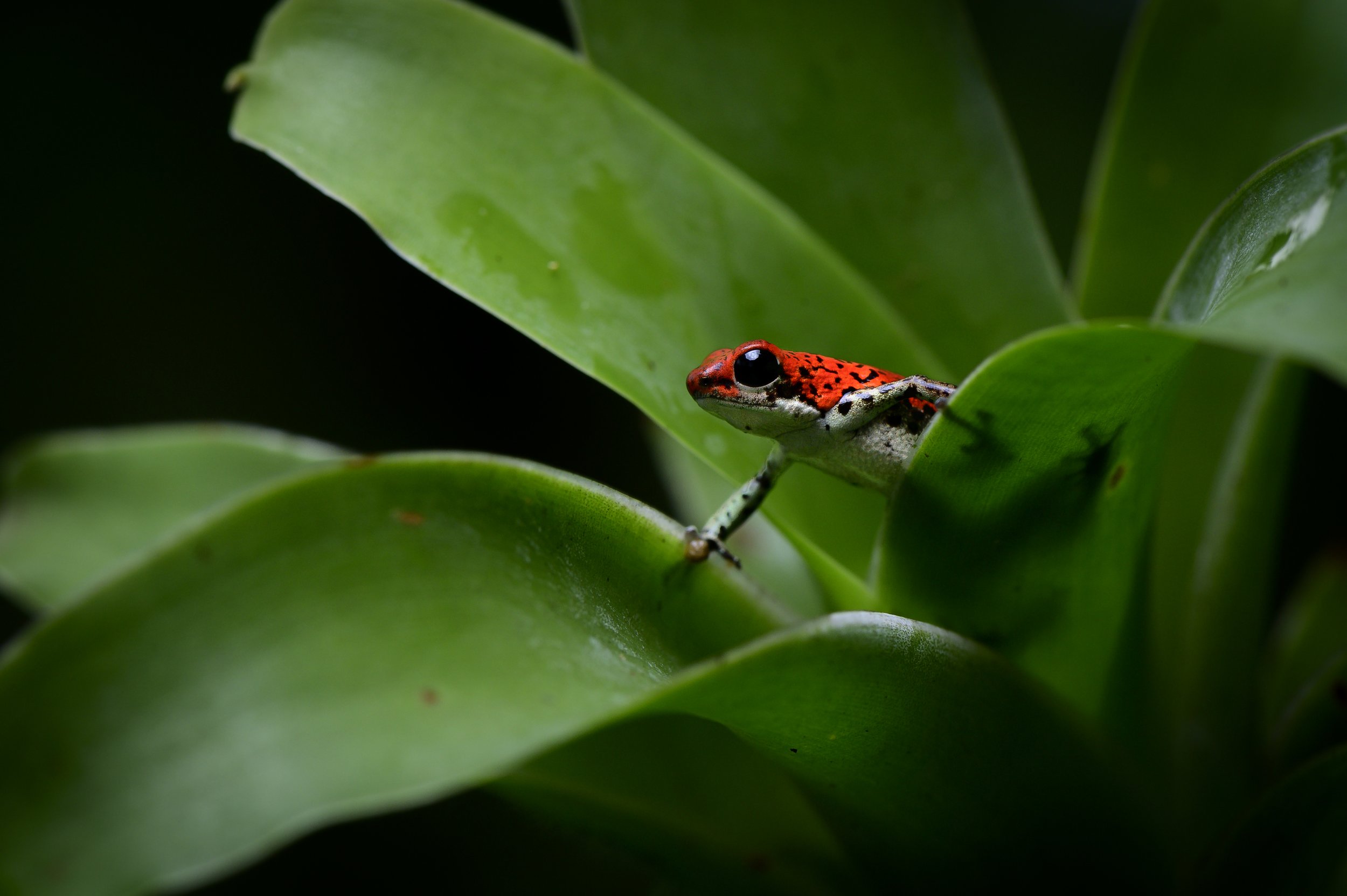Episode 3: Sloths and Poison Dart Frogs on the Caribbean
Join Jared Lloyd and Annalise Kaylor as they travel from the Pacific Coast of Panama to the Caribbean. The northeast of Panama is a world apart from the rest of the country. Remote. Accessible only by boats. The region is characterized by warm and crystalline blue waters filled with coral reefs, lush lowland rainforest, and countless islands that has led the Smithsonian Tropical Research Institute to refer to the place as the Galapagos of the Caribbean.
The Bocas del Toro region of Panama holds an extraordinary display of biological diversity - especially in the form of amphibians. And there is probably no better place on Earth to find and photograph sloths.
In this episode, we discuss the basics behind using off-camera flash for macro subjects as well as the challenges of making sloths look sexy.
As is often the case, this episode was filmed “on the road” and not in our studio.
Key Takeaways
Sometimes, setup photography can be an ethically positive decision to make for macro photography
Why understanding the ecology of our subjects elevates our photographs
Big soft boxes make for much better lighting. We like 24 inch soft boxes, even in the field
Off camera flash is the key to our style of macro photography
Making a sloth look sexy is tough, but there are some strategies that will help
Equipment Considerations
Jared and Annalise used Godox 860III flashes with Godox XPro flash trigger for our flash work
Jared’s preferred soffbox when traveling to the nootropics is the Westcott Rapid Box 26” Octa. While this may be a large soft box to drag into the field, the softness of the light and the round shape of the catchlight in the eye of the subject makes the extra effort worth it.
Annalise’s preferred softboxes when traveling is the 24” MagMod.
Jared’s lens of choice for photographing mammals in the tropics is the Nikon 120-300mm f/2.8. This lens has the versatility of a zoom with the fantastic working distances for rainforest work. The f/2.8 means that he can work in very low light while also having maximum control over the background and composition thanks to the subsequent shallow depth of field associated with this aperture.
Annalise prefers the 400mm f/2.8. With a slight longer focal length than the 300mm, this lens has an even shallower depth of field and therefore even better control over backgrounds and bokeh.
Both Jared and Annalise agree that working with telephoto lenses that have a maximum aperture of f/2.8 is critical for their work in the tropics.








